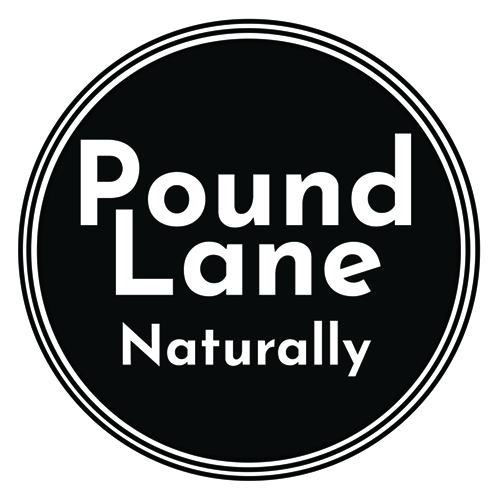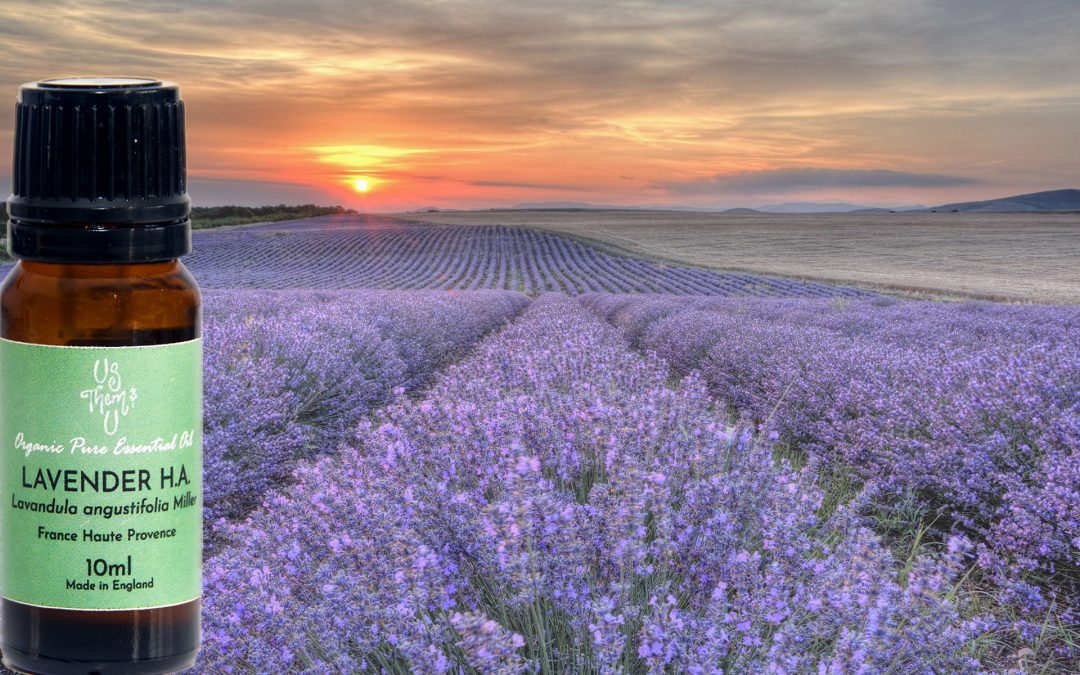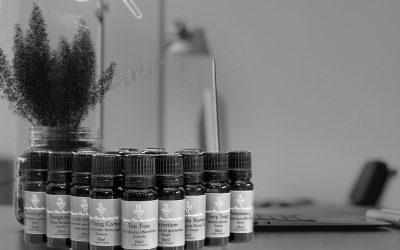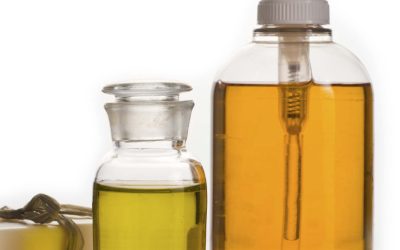Essential Oil Chemistry
Basically, there are lots of many different chemical compounds. Most essential oils have over 100 different compounds many of them at below 1%, however, a small percentage may equal a big therapeutic effect.
In fact essential oils are not oils at all.
Primarily these compounds are:-
- Terpenes – Hydrocarbons
- Alcohols – Oxygenated Compound
- Esters – Oxygenated Compound
- Aldehydes – Oxygenated Compound
- Ketones – Oxygenated Compound
a very few essential oils have Sulphur compounds.
The compounds are the things that give the essential oils their different therapeutic powers. Lavender High Altitude (lavandula angustifolia) has very high concentrations of Linalool for example.
Some 100 individual phytochemicals have been identified in lavender oil, including major amounts of linalyl acetate (30–55%), linalool (20–35%), tannins (5–10%), and caryophyllene (8%), with lesser amounts of sesquiterpenoids, perillyl alcohols, esters, oxides, ketones, cineole, camphor, beta-ocimene, limonene, caproic acid, and caryophyllene oxide.
Please note:- The relative amounts of these compounds vary considerably among lavender species, including the conditions which the plant was grown, handled before and after distillation and the stored.
So, Lavandula × intermedia, also known as lavandin is not the same as lavandula angustifolia. Lavandin has much higher levels of Camphor and give it that almost eucalytus smell. Lavandin cannot be regarded to achieve the same effects as Lavandula.
This is an extract from a study carried out a few years ago …
” Composition of the lavender essential oil – sample from Pomorie
The yield of the lavender from Pomorie was 1.15 ml/100 g. We identified 44 components (Fig. 2, Table 1) with major constituents: linalyl acetate (27.52%), linalool (24.11%), E-β-ocimene (7.01%), terpinen-4-ol (5.11%), caryophyllene (4.46%), carvacrol (4.42%), lavandulyl acetate (3.52%), Z-β-farnesene (3.33%), Z-β-ocimene (3.15%).”
https://pharmacia.pensoft.net/
Notice the relatively high levels of linalool and linalyl acetate. Camphor was at .26% hence a sweet soft fragrance and therapeutically good for relaxing and soothing. Higher amount of Camphor would move the effects towards stimulating and uplifting.
I have focused here on Lavender but the same is true for all other plants and their subspecies used to extract pure essential oils from.
Labelling
The contents of your bottle label can tell you a lot. We must assume that your supplier is not lying (some do). It is of vital importance that your label identifies the species and subspecies e.g. lavandula angustifoilia miller (or Mill.) It should identify if the Lavender was grown at high altitude and which country it grew in e.g. France. It should have the amount e.g. 10ml and and safety notes about use. In addition the label should have a batch number and a best before date.
as the end user you should follow any guidelines given to you about usage. Be careful where you get your information from, unfortunately some suppliers do not have your best interests at heart and only want your money.
** Remember this discussion has been about pure essential oils. A practice used by some suppliers is to try to sell you a dilution/fabrication or even worse a chemical substitute. In the past I have been approached by companies whose main interest was to get a price point and were not that bothered about the quality of the product.
April 2025
Other articles about Essential oils.
It Costs How Much?
IT COSTS HOW MUCH? Some cosmetic companies invest huge sums of money and time into...
The Dangers of the Internet
THE DANGERS OF THE INTERNET I have been doing some research into using products with essential...
Pricing of Pure Essential Oils
"NOT ALL ESSENTIAL OILS ARE CREATED EQUALLY" Pricing of Pure Essential Oils We sell and use...
Why Organic?
Organic does not automatically mean more beneficial or even healthier. It does, or should, signify...





